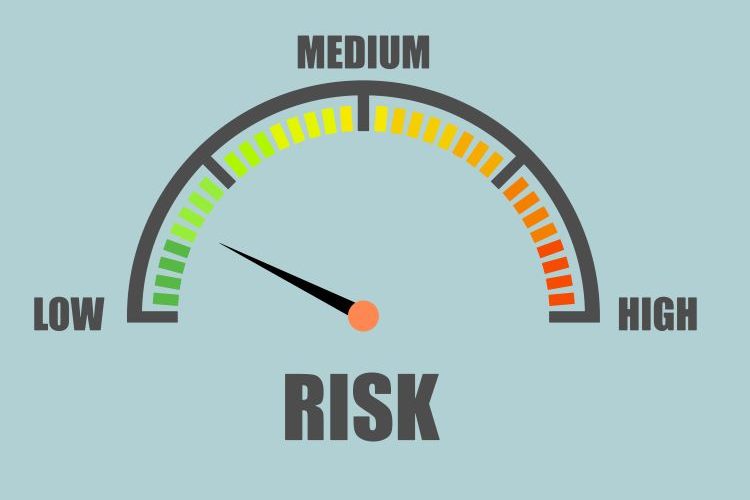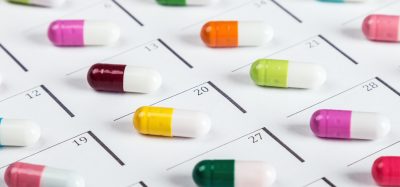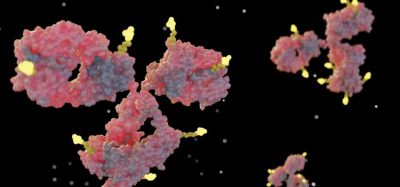New strategy could improve generic drug quality assessments
Posted: 10 January 2022 | Hannah Balfour (European Pharmaceutical Review) | No comments yet
Population pharmaceutical quality assessment could be used to improve the quality consistency of generic drugs, suggests study.


According to researchers, a newly developed strategy could improve the quality of generic drugs by assessing process control and process risk. In addition to enhancing generic drug quality consistency, the approach could also serve as a basis for regulatory decision-making.
Generic medicines, the patent-expired versions of the branded drugs, contain the same active pharmaceutical ingredients (APIs) and serve the same indications as the branded ones, but are much cheaper. To be marketed, generic drugs must meet the same quality standards as their branded counterparts.
In China, the landscape of the pharmaceutical industry is undergoing rapid evolution. Riding on the power of its domestic generic pharmaceutical products, the country has emerged as one of the largest generic drug markets in the world. This warrants new regulations to evaluate generic drug consistency and to enhance the international competitiveness of the country’s domestic pharmaceutical industry.
However, according to researchers, the National Evaluation Sampling and Test Project (NESTP, China’s existing domestic generic drug evaluation information source) does not meet the requirements of the fast-changing drug market. This is because drugs imported from the EU and US are typically manufactured through production processes and process controls different from the domestic drugs and hence were not suitable to be evaluated by NESTP.
To overcome this issue, Chinese researchers led by Professor Changqin Hu of the National Institute for Food and Drug Control and Professor Xiaomei Ling of Peking University created an innovative strategy to enable the quality evaluation of generic drugs developed by different processes. Their work, published in the Journal of Pharmaceutical Analysis, demonstrates the potential of an assessment strategy based on quality by design (QbD).
Discussing how the method performs its quality evaluation, Professor Hu commented: “According to QbD concept, quality of drugs can be maintained by ensuring the quality during each step of the design, development and manufacturing process. To develop an evaluation strategy that would assess the commonalities among different processes of generic drug development, we aimed to define universal indicators and methods to characterise different processes used for the same pharmaceutical product.”
To do this, they used information on drug development processes available in NESTP to characterised the processes based on critical evaluation attributes (CEAs). Then a statistical process control (SPC) method was established to investigate the process indicators (PIs) in the process population, such as mean distribution, batch-to-batch difference and abnormal quality probability. After establishing rules for the risk assessment and visualising key parameters, an assessment process called “population pharmaceutical quality assessment” was built and applied to generic drug consistency assessment, process risk assessment and quality trend tracking.
To demonstrate the applicability of the new strategy, the researchers performed quality consistency assessment of generic ceftriaxone sodium injections and process risk assessment and population quality trend tracking of generic aztreonam injections. Both assessments offered satisfactory results. “The newly developed method emerged as an effective and economical means to improve product quality by discovering key issues in drug quality evaluation through data mining. Moreover, the method would likely facilitate timely prediction of various hidden but avoidable quality hazards, serving the regulatory perspective,” commented Dr Yu Zhao of the National Institutes for Food and Drug Control and Peking University.
The researchers concluded that, by leveraging the continuous addition of data in the knowledge base, they can improve their strategy further enabling superior decision-making for drug regulation.
Related topics
Analytical techniques, Data Analysis, Drug Manufacturing, Drug Markets, Drug Safety, Generics, Manufacturing, Production, Quality by Design (QbD), Regulation & Legislation, Technology, Therapeutics
Related organisations
China's National Evaluation Sampling and Test Project (NESTP)









